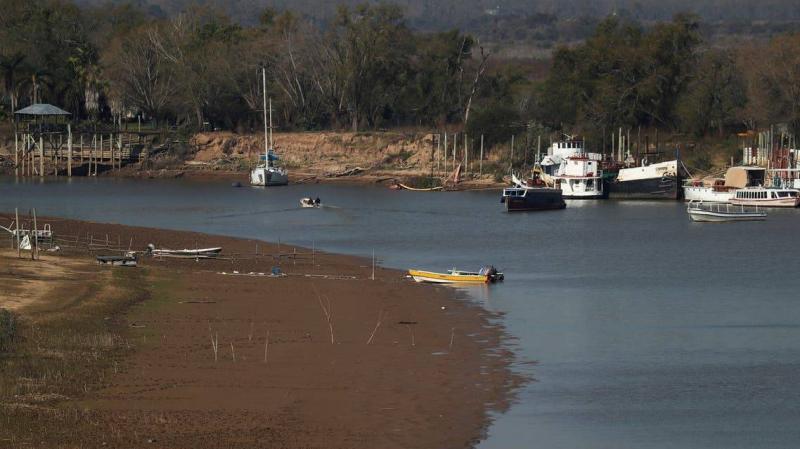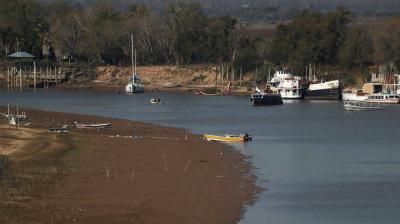The Paraná River winds its way through thousands of miles of rainforests in South America, Pampas, and sprawling soybean and corn farms, serving as the main trade route for Argentina. About 80% of the country’s crop exports flow through its muddy waters on their way to the Atlantic Ocean. Thus, when river levels fell to their lowest since the 1940s—due to years of severe drought attributed by scientists to climate change—it deepened the pressures on an economy already struggling to recover from the pandemic collapse.
Grain traders suddenly found themselves forced to reduce the loads of their vessels, fearing they would get stuck in the shallow river, then increasing their loads only once they reached deep-sea ports or contracting more ships. Both options are costly and time-consuming, hampering an industry that earns over $20 billion annually from exports. Gustavo Idigoras, head of the Ciara-Cec Federation, a group of crop exporters and processors that includes members like Cargill Inc and Glencore Plc, described it as a "state of emergency" likely to persist until the end of the year.
The setbacks facing Argentine exports have global implications, as Argentina is a powerhouse in oilseed and grain production, the world's top exporter of soybean meal for livestock feed and soybean oil for cooking and biofuels, as well as the third-largest exporter of corn.




